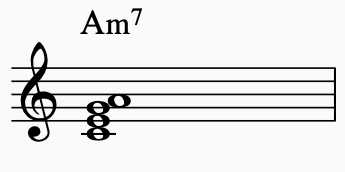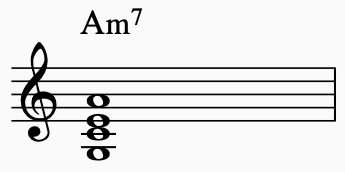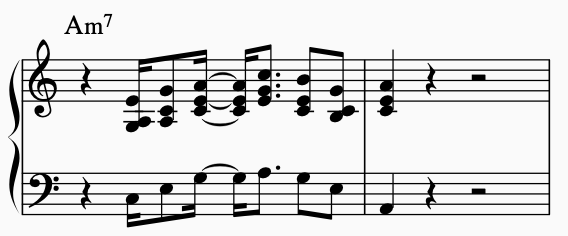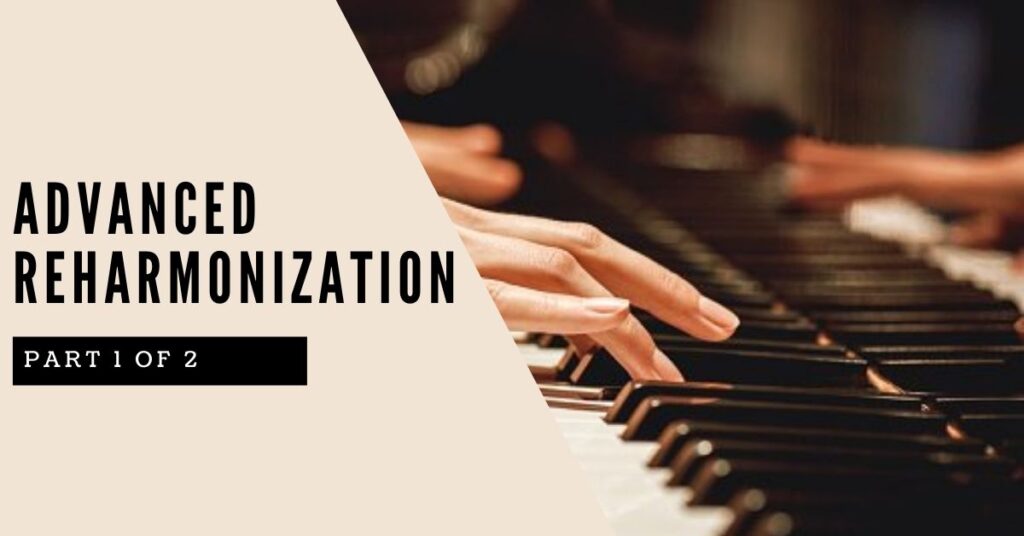The Bill Withers classic song “Ain’t No Sunshine” is a funky R&B standard that has also found a home in jazz circles. This is probably because the song has many traditional elements of jazz present in the song. For example, the song is based on an 8-bar modal cycle that features a minor blues-type of chord progression, using primarily the minor “i, iv, and v” chords (which in the key of A minor represent A minor, D minor, and E minor). Many jazz artists have covered this song, making it a great solo piano piece to add to your repertoire. In this article we’ll learn a powerful harmonic device – drop-2 voicings – and apply it to a portion of this classic song. For the complete arrangement check out our full Standards By the Dozen lesson.
Drop-2 voicings are used by many jazz musicians such as Duke Ellington, Bill Evans, George Shearing, George Benson, etc. If you know these names you also know that they are not all pianists. That’s because drop-2 voicings are not exclusively used by pianists but by any harmonic player or arranger – so pianists, guitarists, vibraphonists, as well as arrangers, orchestrators, and composers can all employ this voicing technique. But what is a drop-2 voicing?
Put simply, a drop-2 voicing typically starts as a 3- or 4-note chord in closed-position and then the 2nd-highest note of the chord is dropped down an octave lower to create an open (or spread) voicing. For example, this is a typical 4-note jazz voicing in closed position (i.e. within the interval/space of an octave):

If we drop the 2nd-highest note of this voicing down an octave lower, what happens?

Well, a couple important things happen. Firstly, the voicing is no longer a closed-position chord but is now a spread (or open-position) voicing, meaning that it occupies a space larger than an octave. Secondly, dropping the 2nd note from the top creates more space at the melody. Notice that in the first example the melody (the ‘A’) was harmonized tightly with the ‘G’ just a whole-step below.
But in the drop-2 voicing the melody is separated by more distance between it and the next closest harmonic tone (now the ‘E’), which means the melody will stand out and be heard with more sonic space. When playing an entire melody or phrase with this style the effect will be something like the sound of big block chords with the melody clearly heard. These chords are almost always played across both hands (so anyone thinking they have to play giant intervals in a single hand can breathe a sigh of relief).
Now let’s take a phrase from “Ain’t No Sunshine” and apply our drop-2 voicings. Here is the original melody:

Next, we harmonize the melody in 4-part closed-position voicings. The result looks something like this:

And lastly we drop the 2nd note from the top down an octave lower, which results in this:

Notice that the left hand now plays the dropped note in the bass clef. Also notice that the final chord of the phrase resolves to a straight-up A minor triad (not a drop-2 chord) in order to create the sound of resolution. Play through this example to hear the difference between the closed-position and drop-2 chord options, and check out the complete lesson to go even deeper!

